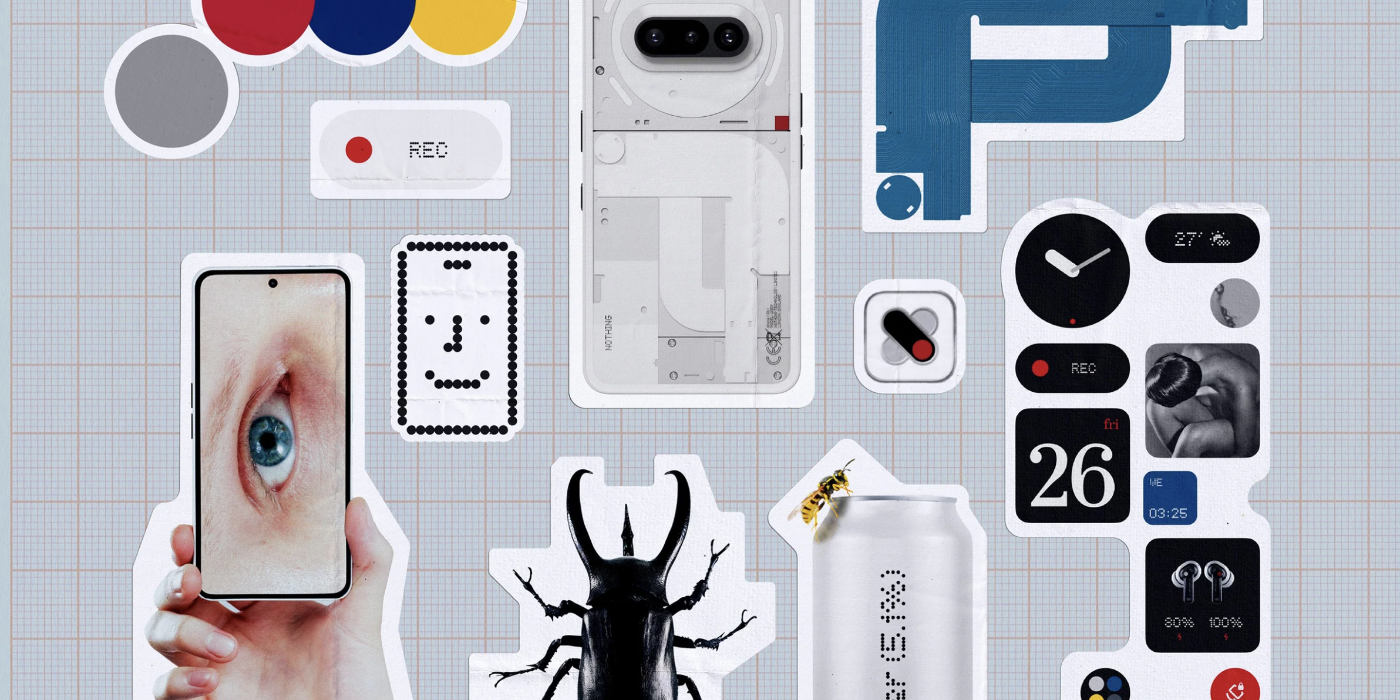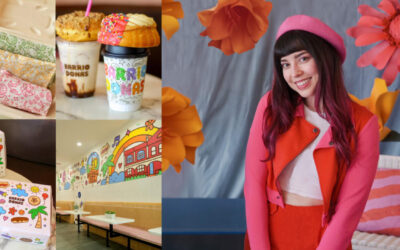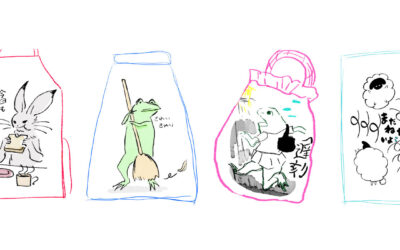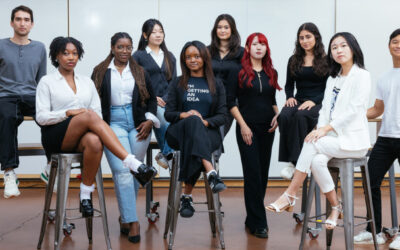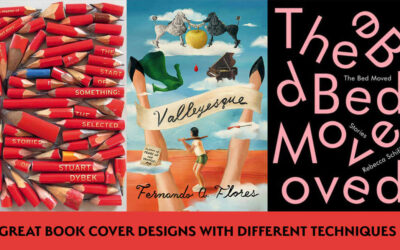Tanto si eres un diseñador autónomo como si trabajas para una agencia o eres un estudiante que aún está aprendiendo los entresijos del diseño gráfico, es importante que te mantengas al día de lo que ocurre en el sector. No necesariamente para que puedas seguir las tendencias: ¡deberías marcar las tendencias! - sino para que estés al tanto de lo que hacen las marcas y de cómo pueden reflejar el zeitgeist cultural actual.
Esto también puede ayudarte a saber qué tendencias son "modas" virales pasajeras y cuáles representan el comienzo de nuevos movimientos en el mundo del diseño. También es un gran ejercicio para los estudiantes de diseño: ¿puedes recrear esta estética? Si no es así, ¿qué te falta por aprender?
He aquí cinco tendencias de diseño gráfico que se impondrán en 2025 y a las que merecerá la pena prestar atención.
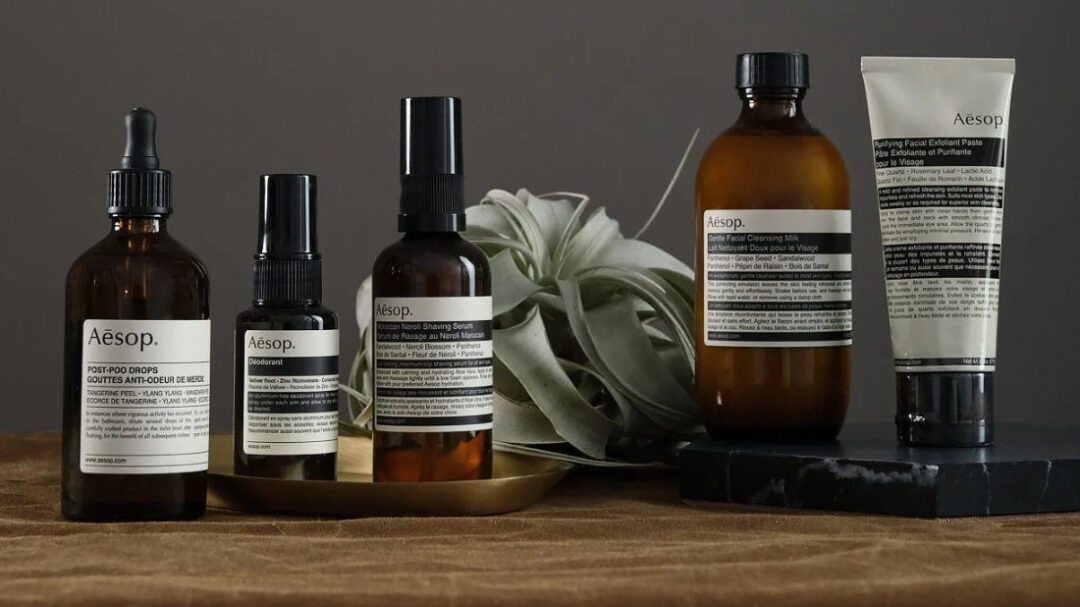
Tendencia 1: Neominimalismo
Esta tendencia moderniza el minimalismo tradicional. Sigue teniendo líneas limpias y un uso estratégico del espacio negativo, pero aporta toques inesperados de color o un tipo de letra peculiar. Este estilo mantiene las interfaces de usuario sencillas y limpias, sin dejar de ser visualmente interesantes. Esta tendencia suele ir bien con las marcas naturales y/o sostenibles, ya que evoca la sencillez y la calidad: transmite que una marca invirtió menos en campanas y silbatos e intentos de llamar la atención y, en cambio, se centró en productos naturales de calidad.
Ejemplo: Esopo. Su marca y los envases de sus productos utilizan un diseño limpio y colores apagados, perfectos para una empresa de cuidado de la piel y belleza centrada en "productos de la mejor calidad" elaborados con una "meticulosa atención al detalle".
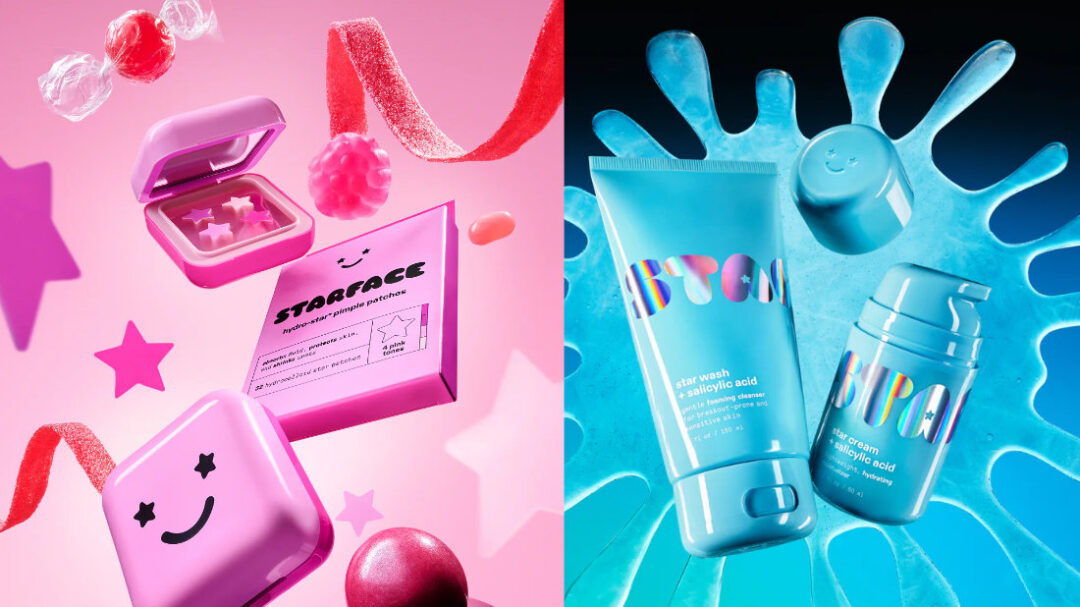
Tendencia 2: Diseño dopaminérgico
Casi lo contrario de la tendencia anterior, el Diseño Dopamina se centra en los colores brillantes y saturados, los elementos visuales lúdicos y la estética tecnológica. Este estilo pretende evocar la alegría: es maximalismo con un énfasis explícito en el placer frente a la estética. Otros aspectos comunes de esta tendencia de diseño son la nostalgia de los 90 / 2000, los gráficos brillantes o iridiscentes, parecidos a pegatinas, y los tipos de letra atrevidos y dinámicos. Esta tendencia nació en las redes sociales y está dirigida a la generación de los influencers: su objetivo es captar la atención al instante, incluso en las redes sociales más concurridas.
Ejemplo: Cara de estrella. Esta marca de parches para el acné y cuidado de la piel utiliza incluso un motivo de cara sonriente junto con sus dinámicas de color extremadamente saturadas.
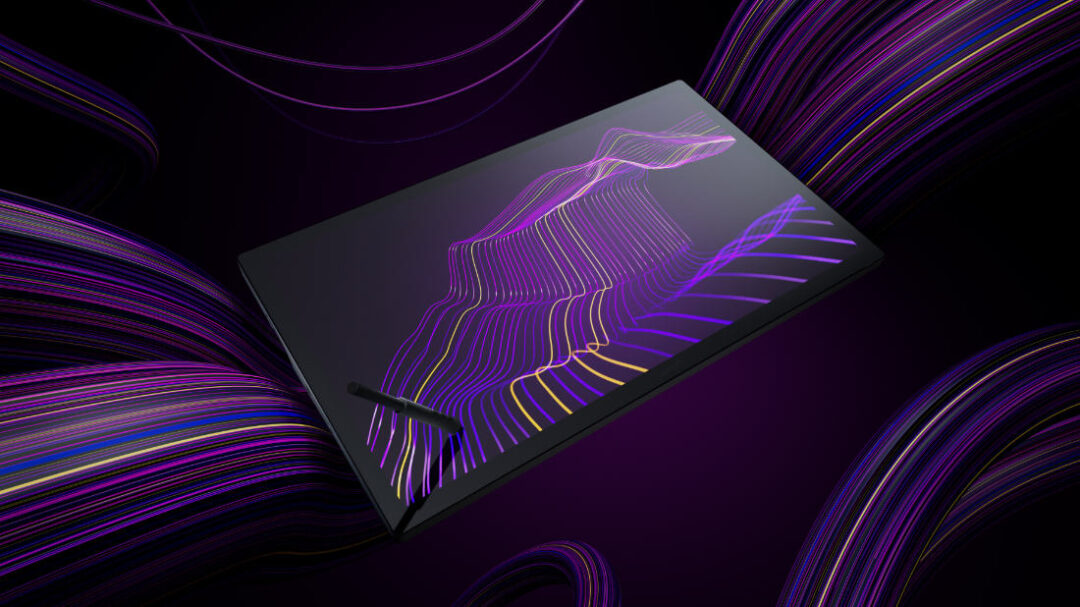
Tendencia 3: Juego de texturas hiperrealistas
Esta tendencia consiste en utilizar renders 3D ultradetallados o ilustraciones fotorrealistas para resaltar los detalles de un producto. Esto funciona mejor con la electrónica, porque se pueden introducir elementos gráficos para destacar cosas como la modernidad o la innovación. También funciona bien. Esto puede ayudar a que lo digital resulte táctil y puede sustituir a la fotografía de producto que podría parecer genérica en 2025. También se combina a menudo con elementos de Realidad Aumentada o animaciones de desplazamiento con gran efecto: al desplazarse por una página, por ejemplo, una pieza electrónica puede girar para que se vea desde todos los lados.
Ejemplo: Wacom. Los renders digitales de la página de la marca de tabletas de lápiz de dibujo para Cintiq Pro 27, su pantalla de lápiz insignia, muestran el lápiz deslizándose por la pantalla del dispositivo mientras te desplazas por la página con elementos gráficos dinámicos animados.

Tendencia 4: Retrofuturismo modular
Este estilo utiliza la estética vintage, como el metalizado, el cromado y el plástico transparente, y los primeros elementos del diseño gráfico que se acercan al skeuomorfismo, como cortar y pegar y las texturas de papel o cuadrícula, todo ello envuelto en diseños limpios y modernos. Fusiona lo vintage y lo moderno de un modo divertido, sin dejar de ser limpio y utilizable. Otros elementos pueden incluir cosas como combinar pixel art con tipografía moderna.
Ejemplo: Nada. Su marketing transmite innovación puntera en smartphones con un guiño juguetón al minimalismo y la sencillez.
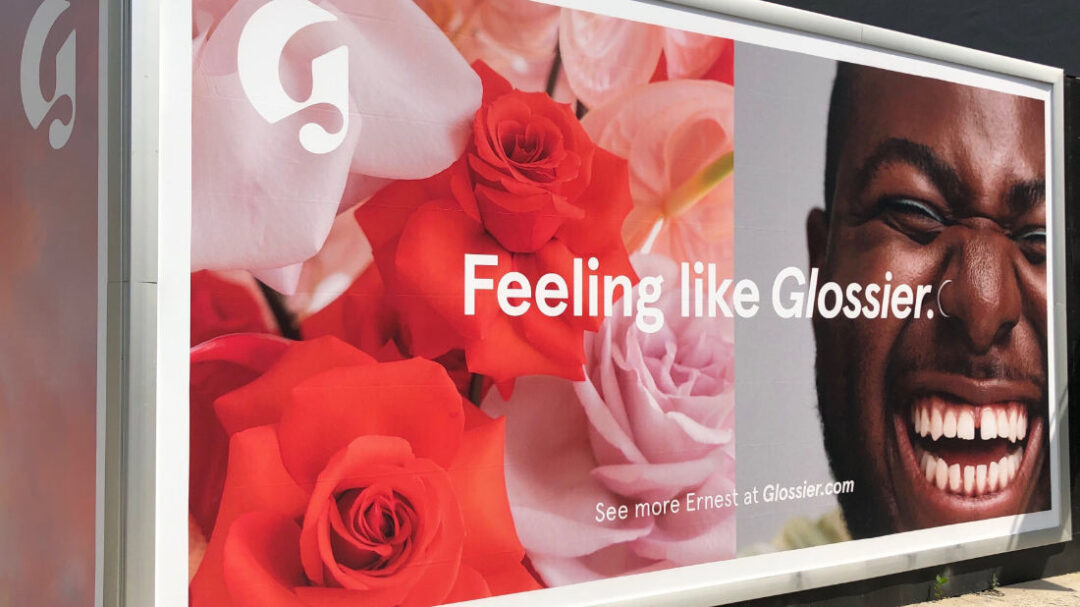
Tendencia 5: Energía editorial
Esta estética de diseño se inspira en los diseños de las revistas de lujo de antaño. Esto suele significar tipografía sobredimensionada, muchas fotografías atrevidas, dinámicas y de gran impacto, y un uso inteligente del espacio en blanco. Esto es ideal para las marcas que quieren evocar el lujo, como las marcas de moda o belleza. A menudo puede funcionar bien con una estética minimalista o con experiencias digitales muy copiadas. Como muchas tendencias de diseño actuales, es una mezcla de lo antiguo y lo nuevo; en este caso, "lo impreso se une a lo digital".
Ejemplo: Glossier. El sitio web y el marketing de esta marca de belleza a menudo imitan las publicaciones editoriales, y sus anuncios suelen estar centrados en fotos con texto destacado en negrita.

